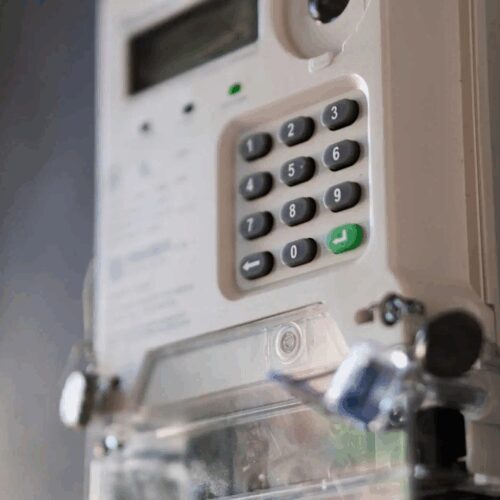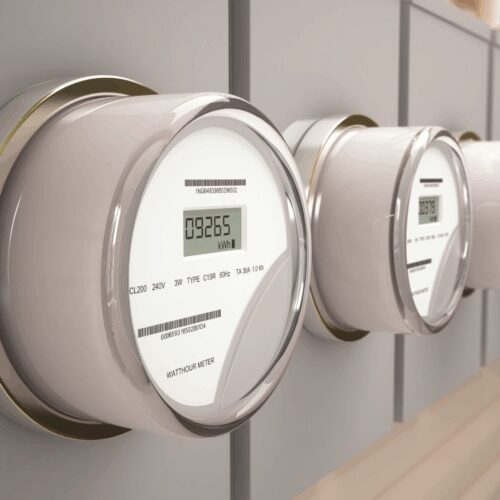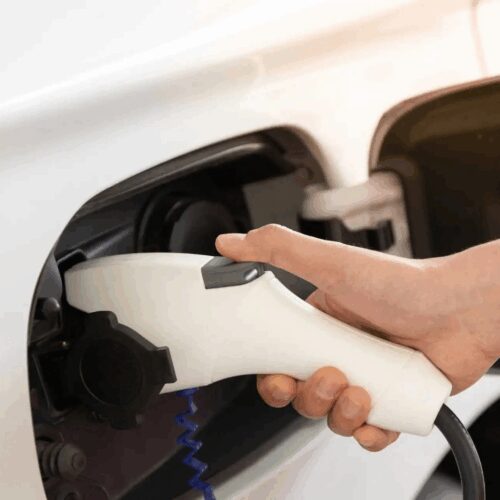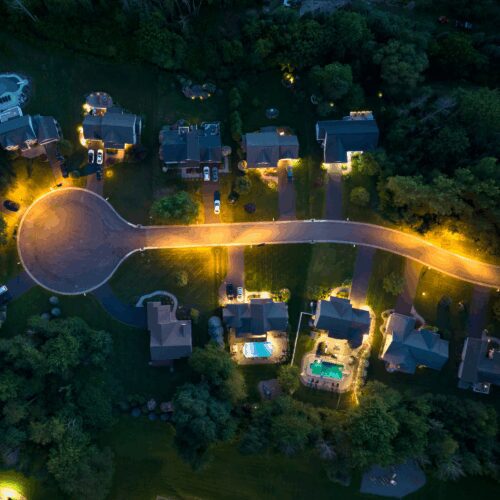The Renewable Roars of Demand Flexibility
Vol. 2 – Watt in the Grid?
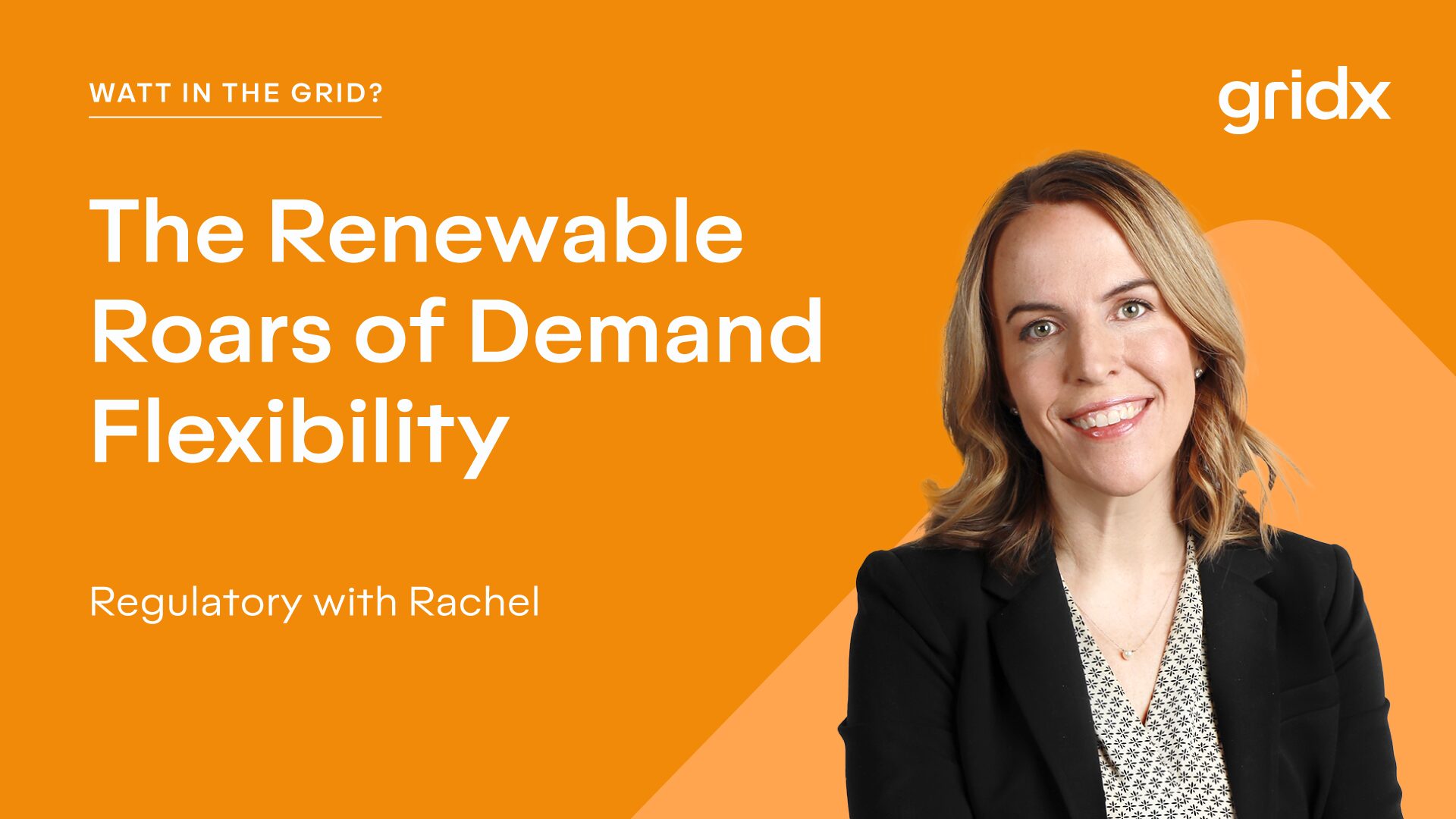
Vol. 2 – Watt in the Grid?

Sign up for our magazine
The premier outlet for compelling storytelling around the innovators and innovations driving the clean energy transition.
After an optimistic viewing of Erin Brockovich, I decided I would go to law school and, quite literally, save the world. Julia Roberts made the whole thing seem so simple – just find something you’re passionate about and help people (obviously). Unfortunately, after only a few courses, it became clear the world of toxic torts was (not shockingly) much more complicated, and my eventual career began leaning a lot more on math, science, and electrons than traditional litigation. Still, it became evident how vital the intersection of people, environment, and technology is; in fact, I would argue our well-being depends on it. It’s easy to watch the news (overwhelming!) or read another regulatory blog (boring!) and just maintain the status quo, but what if our complacency isn’t only melting icebergs? What if – by not exploring all the electric demand flexibility available – we are actually inadvertently promoting outdated and/or duplicative infrastructure, limiting renewable adoption, and almost guaranteeing increasing energy prices?
Turns out, demand flexibility – the ability to adjust electricity consumption in response to changing conditions – can simultaneously benefit polar bears and bank accounts. During a particularly existential conversation at the zoo with my then seven-year-old child, he asked why the whole world didn’t “just” run on solar panels. He had seen our neighbor get panels installed on the roof and assumed we had it all figured out – going so far as to comment that the polar bears would likely not need the “endangered” sticker much longer because “the sun is all we really need to keep warm.” Oh, I thought, if only it were that simple. Why can’t the sun just shine all night and why can’t the wind just blow all day? And why can’t we just store everything we don’t need?
While the world of intermittent energy resources creates extraordinarily complex issues, the energy world is still becoming more innovative by the day. Because even though generation doesn’t always align with peak demand periods (dang it!), demand flexibility allows consumers to shift their electricity consumption to times when renewable energy production is abundant, thereby maximizing the utilization of clean energy resources. This alignment helps reduce reliance on fossil fuels during peak demand, leading to lower greenhouse gas emissions and a decreased carbon footprint. The ability to modulate energy consumption in real-time also helps balance supply and demand, mitigating the need for additional backup power sources that often rely on non-renewable fuels. This improved grid stability enhances the efficiency of energy transmission and distribution systems, reducing energy losses and promoting a more sustainable energy infrastructure.
While my child would certainly be less impressed with the nuanced world of demand flexibility than staring at neighborhood solar installations, I wish he understood how they all work together. Not only does demand flexibility mean a more diverse energy mix, but it also can help us all avoid the need for the construction of new power plants or grid expansions to meet peak demand. Ultimately, demand flexibility aligns with the goals of a greener, more sustainable, and more polar bear-friendly energy future.
Knowing my diatribe would fall flat on seven-year-old ears, I focused on his then-obsession with dinosaurs. Carefully skirting the extinction speech (always a fun chat with kids), I told him to remember how much dinosaurs – much like polar bears – love to roam free. I told him, “Think about the big vast fields a triceratops trapses through and how much space a T-Rex needs to hunt!” Channeling corporate America, I “circled back” by saying, “hey, it’s pretty cool that using the sun and the wind can help us save more space for our favorite dinosaurs.” He roared approvingly. And maybe I should have roared, too (we were by the polar bears, after all!). Looking at my kiddo that day, I realized perhaps I had hung on to a little Brockovich wisdom all these years; ultimately, we all just want to protect our families. With the help of child-like optimism, the brilliant minds of countless industry professionals, and natural resources, maybe one day my children’s children will know a world where polar bears live outside of zoos; a world where conscious energy consumption protects our ability to roam.

